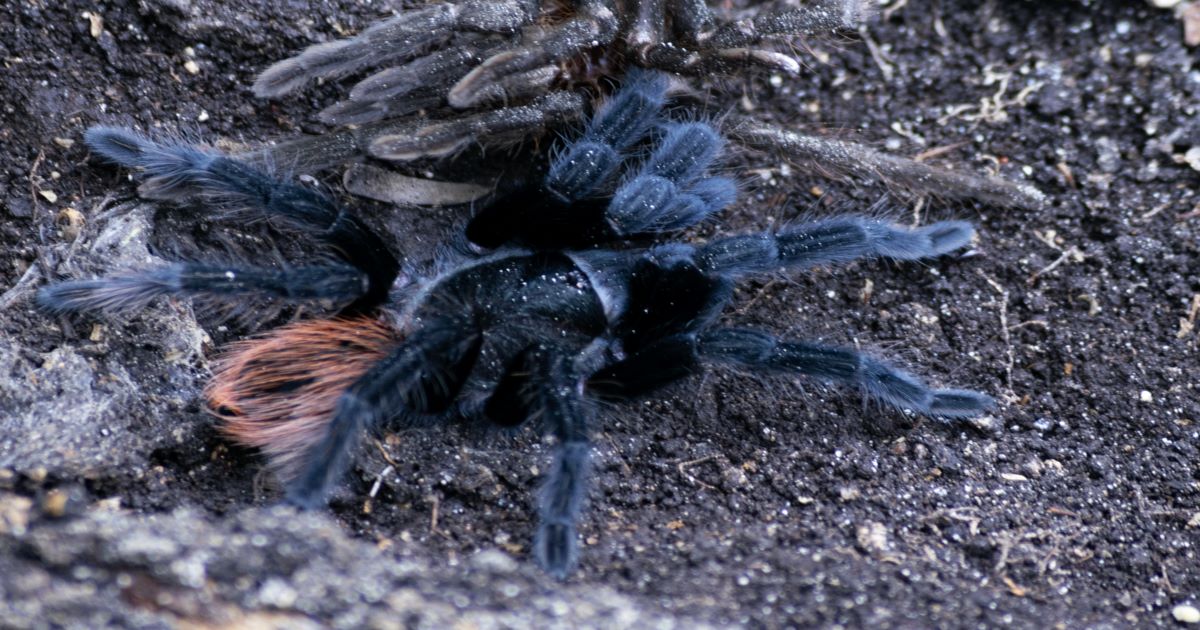Diversity, Evolution, and Systematics of Chelicerates
A special issue of Diversity (ISSN 1424-2818). This special issue belongs to the section "Animal Diversity".
Deadline for manuscript submissions: 31 December 2025 | Viewed by 1674

Special Issue Editors
Interests: population genetics; genetic diversity; conservation; molecular ecology; genomic
Special Issues, Collections and Topics in MDPI journals
Interests: biological interactions; arachnology; entomology; zoology; animal behavior; predation; invasive species; biodiversity conservation
Special Issues, Collections and Topics in MDPI journals
Special Issue Information
Dear Colleagues,
Chelicerates, encompassing sea spiders, horseshoe crabs, and arachnids, constitute a taxonomic group that has long remained in the shadows of scientific inquiry. Despite their prevalence in diverse habitats across marine, terrestrial, and aquatic ecosystems, chelicerates have been comparatively understudied. However, their significance is profound, stemming from their ancient evolutionary lineage, ecological roles, ethology, cognition, medical and social relevance, and intriguing physiological adaptations. Moreover, chelicerates serve as vital biological indicators and warrant attention for conservation initiatives.
In this Special Issue, we try to unite a myriad of scholarly papers spanning various disciplines to illuminate the enigmatic world of chelicerates. We invite contributions covering a wide spectrum of topics, including systematic classifications, genetic and genomic analyses, evolutionary studies, phylogenetic reconstructions, phylogeographic investigations, ecological interactions, conservation strategies, and more. The scope is broad, encompassing diverse research approaches aimed at unraveling the complexities of chelicerate biology.
This Special Issue offers a platform for researchers worldwide to disseminate their findings on chelicerates, fostering collaboration and knowledge exchange. We particularly encourage submissions focusing on tropical and subtropical regions, where chelicerate diversity is abundant yet often overlooked.
Dr. Salima Machkour-M’Rabet
Dr. Yann Hénaut
Guest Editors
Manuscript Submission Information
Manuscripts should be submitted online at www.mdpi.com by registering and logging in to this website. Once you are registered, click here to go to the submission form. Manuscripts can be submitted until the deadline. All submissions that pass pre-check are peer-reviewed. Accepted papers will be published continuously in the journal (as soon as accepted) and will be listed together on the special issue website. Research articles, review articles as well as short communications are invited. For planned papers, a title and short abstract (about 100 words) can be sent to the Editorial Office for announcement on this website.
Submitted manuscripts should not have been published previously, nor be under consideration for publication elsewhere (except conference proceedings papers). All manuscripts are thoroughly refereed through a single-blind peer-review process. A guide for authors and other relevant information for submission of manuscripts is available on the Instructions for Authors page. Diversity is an international peer-reviewed open access monthly journal published by MDPI.
Please visit the Instructions for Authors page before submitting a manuscript. The Article Processing Charge (APC) for publication in this open access journal is 2100 CHF (Swiss Francs). Submitted papers should be well formatted and use good English. Authors may use MDPI's English editing service prior to publication or during author revisions.
Keywords
- systematic
- genetic and genomic
- evolution
- interaction
- predation
- climate change
- conservation
- ecology
Benefits of Publishing in a Special Issue
- Ease of navigation: Grouping papers by topic helps scholars navigate broad scope journals more efficiently.
- Greater discoverability: Special Issues support the reach and impact of scientific research. Articles in Special Issues are more discoverable and cited more frequently.
- Expansion of research network: Special Issues facilitate connections among authors, fostering scientific collaborations.
- External promotion: Articles in Special Issues are often promoted through the journal's social media, increasing their visibility.
- Reprint: MDPI Books provides the opportunity to republish successful Special Issues in book format, both online and in print.
Further information on MDPI's Special Issue policies can be found here.






